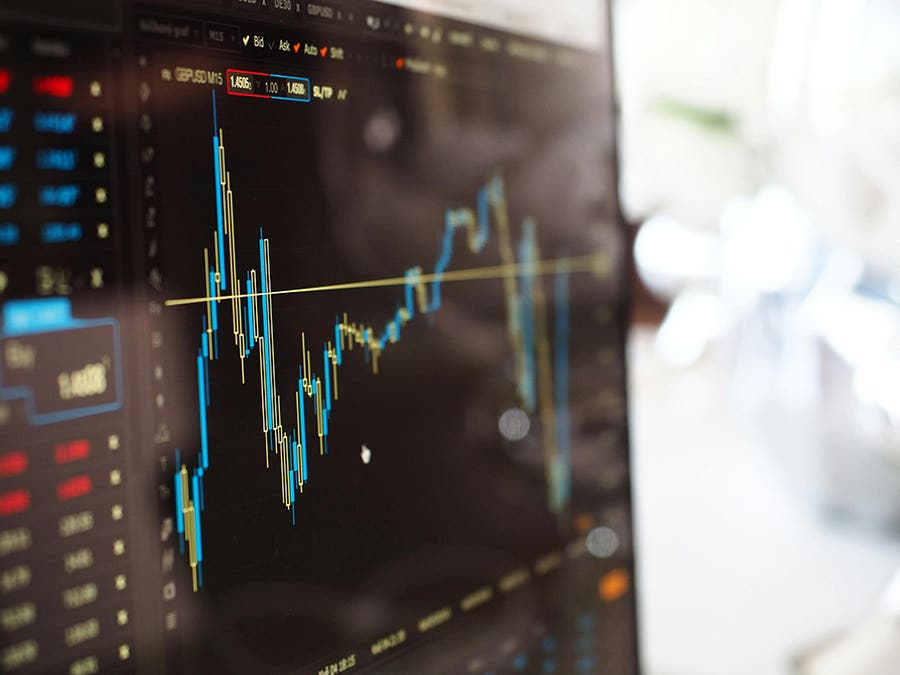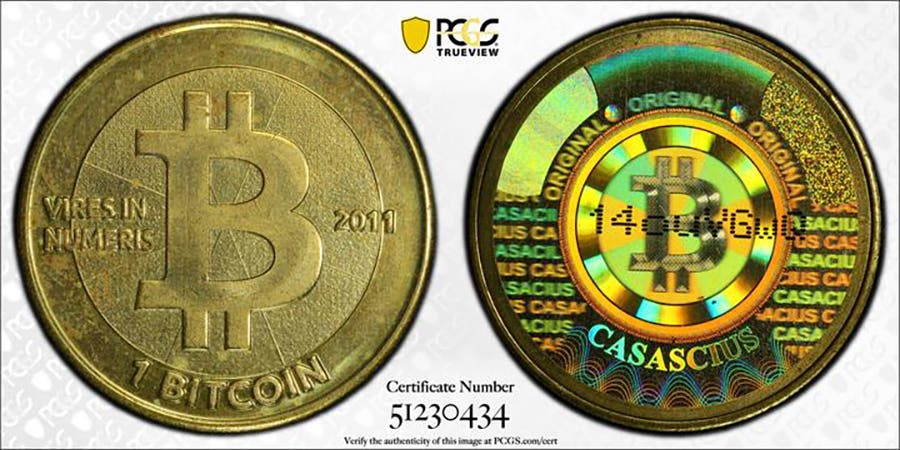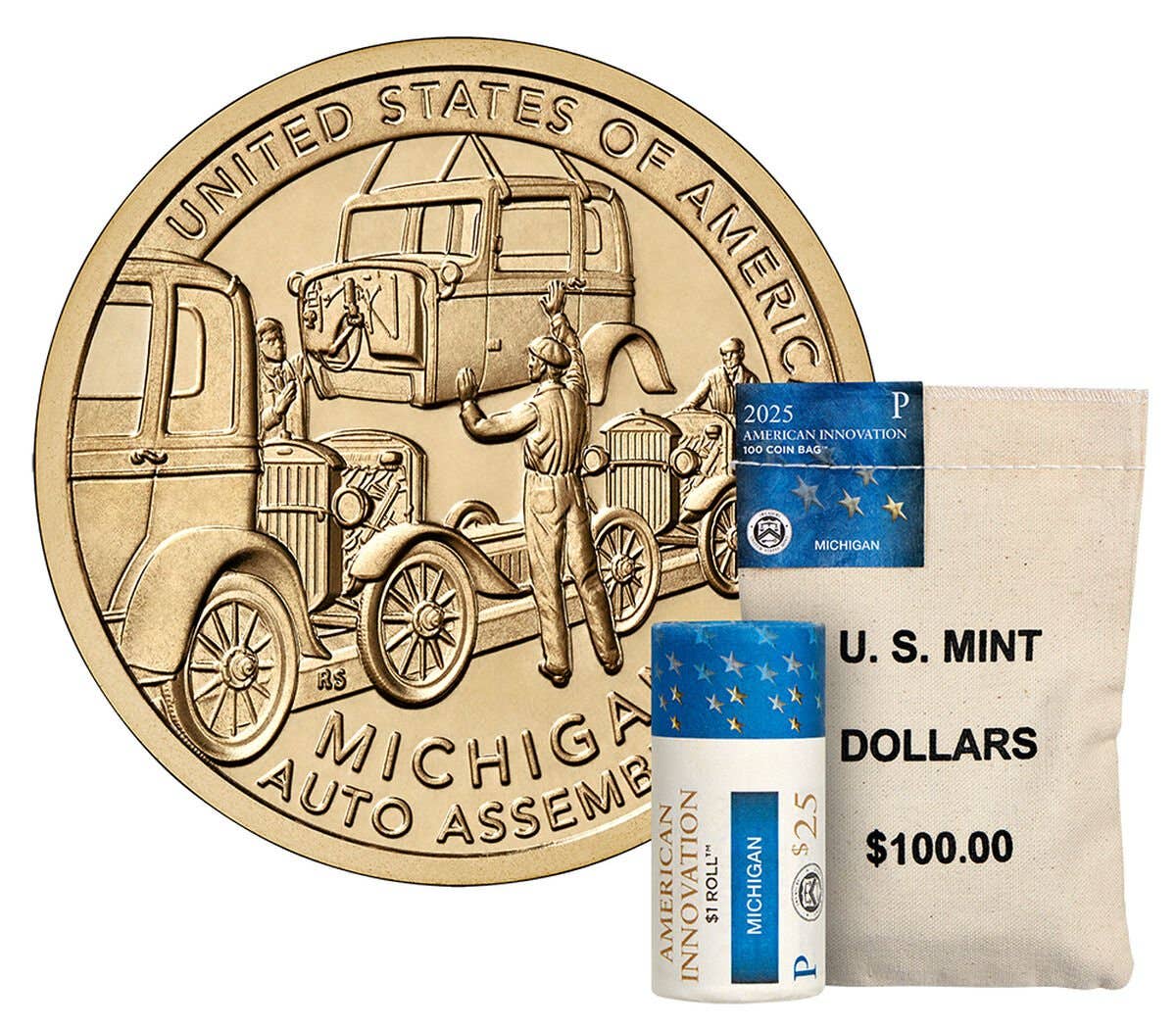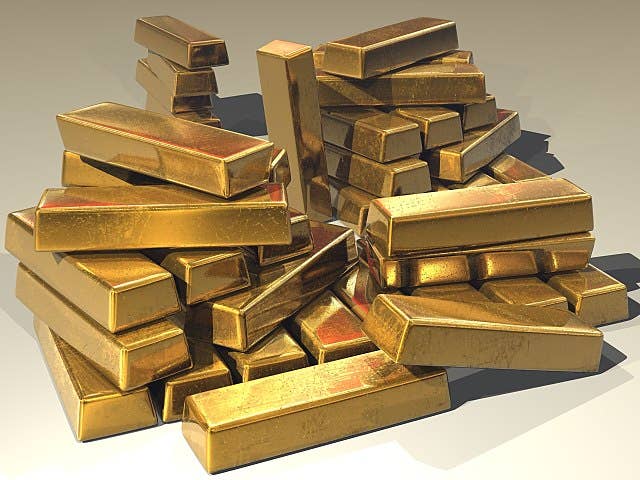What Gold Coin Hoards Lurk in Central Bank Vaults?
Some coins now considered scarce may have a trove of specimens in some vault awaiting the day they are brought onto the market.
By now, experienced numismatists are aware that salvage technology has advanced to the level where even more shipwreck coins and bullion hoards are being recovered. The number of such recoveries is becoming so great that it is becoming difficult to make any one of them particularly attractive to numismatists or the general public.
What may be less well known is that the gold reserves held by central banks, especially those that have existed since the era when gold coins actually circulated in everyday commerce, likely include part of those reserves in the form of coins rather than only in bar form.
The Norwegian central bank held about 50 tons (about 1.6 million ounces) of gold coins and bars in its vault as German forces invaded that nation in April 1940. The gold had been packed into several hundred crates in the event that it might need to be evacuated. In harrowing circumstances, the entire gold reserves were moved onto British warships and delivered to the Bank of England. Of the total gold reserves, only 297 coins were lost when one of the crates was damaged as it was being moved.
This gold was later moved to the U.S. and Canada. The Norwegian government sold some of it in exile and in the years after the end of World War II. In 1987, about 10 tons (roughly 320,000 ounces) were repatriated to the Norwegian central bank.
The residual reserves included quantities of Danish, Finnish, German, Swedish, and other gold coins. In around 1990, large quantities of these coins were offered for sale. At the time, a specialist in Scandinavian gold coinage told me that, to his surprise, almost no Norwegian gold coins had been released. Many of the other gold coins appearing on the market had previously traded at significant numismatic premiums because of their former relative rarity.
When it again became legal for Americans to own gold and gold coins on Dec. 31, 1974, central banks started periodically selling part of their gold reserves in the form of coins. Many of these reserves consisted of U.S. gold coins, especially $20 double eagles, that never went into the melting pot because they were held by foreign owners. Since they could often sell coins at a higher price per ounce of gold content than they would be paid for bars, such sales provided extra profits to the central banks.
The number of gold coins still held in central bank vaults and which coins they are are not public information. It remains possible that some coins now considered scarce may have a trove of specimens in some vault awaiting the day they are brought onto the market. The possibilities of what could happen in the future are part of the fun and challenge of being a numismatist.
Answer to the Previous Trivia Question
Last week, I asked: After factoring in the effects of inflation on the money supply, on what date did the price of gold reach its all-time peak thus far?
Researchers differ but generally agree that the peak closing gold prices, depending on whether you quote London Bullion Market Association, Zurich, or New York COMEX markets, peaked sometime between Jan. 14-21, 1980. The highest closing prices reported vary from $835 to $850, though intra-day prices were even higher. The Consumer Price Index for All Urban Consumers (CPI=U) was 77.8 in January 1980. For May 2024, the CPI-U was 314.069. Taking even $835 divided by 77.8 and multiplied by 314.069 yields and January 1980 price (as measured in May 2024 dollars) of just over $3,370. Given that government statistics tend to understate the effects of inflation, the real January 1980 peak gold price is almost certainly much higher than $3,370 as measured in May 2024 dollars. Therefore, the highest COMEX gold closing price on May 20, 2024, of $2,438.50, was nowhere close to the highest price ever when you factor in the effects of inflation on the money supply.
This Week’s Trivia Question
Can you name a 19th-century coin bearing words and numbers in both English and Arabic but whose denomination came from a non-English/non-Arab land? Come back next week for the answer.
Patrick A. Heller was honored as a 2019 FUN Numismatic Ambassador. He is also the recipient of the American Numismatic Association 2018 Glenn Smedley Memorial Service Award, 2017 Exemplary Service Award, 2012 Harry Forman National Dealer of the Year Award, and 2008 Presidential Award. Over the years, he has also been honored by the Numismatic Literary Guild (including twice in 2020), the Professional Numismatists Guild, the Industry Council for Tangible Assets, and the Michigan State Numismatic Society. He is the communications officer of Liberty Coin Service in Lansing, Mich., and writes “Liberty’s Outlook,” a monthly newsletter on rare coins and precious metals subjects. Past newsletter issues can be viewed at www.libertycoinservice.com. Some of his radio commentaries titled “Things You ‘Know’ That Just Aren’t So,” and “Important News You Need To Know” can be heard at 8:45 a.m. Wednesday and Friday mornings on 1320-AM WILS in Lansing (which streams live and becomes part of the audio archives posted at www.1320wils.com).
You may also like:








